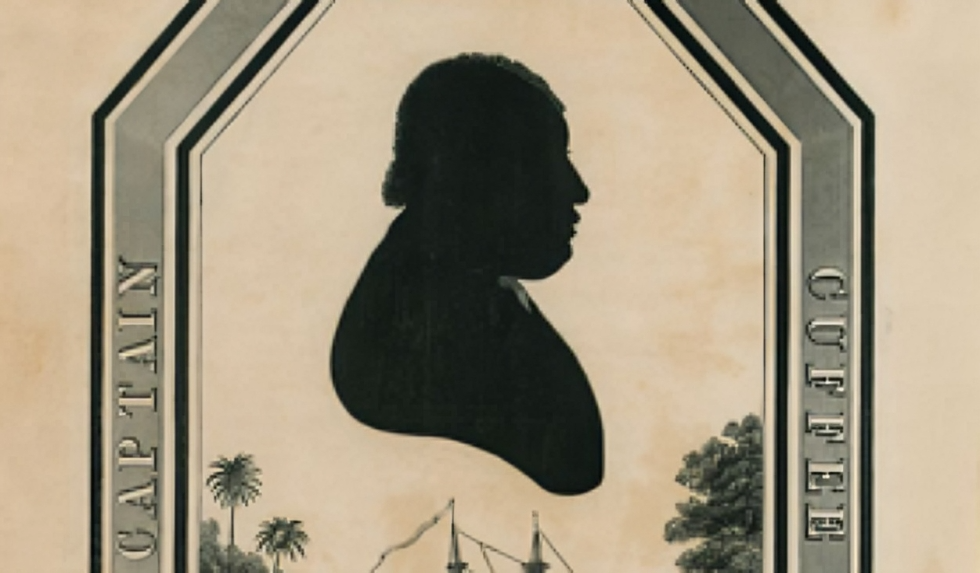
Massachusetts-born Paul Cuffee (1759–1817) was the son of an African father and a Native American mother. In 1780 Cuffee, who was a successful ship owner, along with his brother and several others, petitioned Massachusetts for the right to vote, citing the principle of taxation without representation. They did not win immediately, but voting rights were granted to African Americans in that state three years later.
The work you’re referring to is a historical print featuring Captain Paul Cuffee, created from a drawing by John Pole and engraved by Abraham L. Pennock. This print was produced by Mason & Maas in 1812.
Paul Cuffee (1759–1817) was a notable African American businessman, sea captain, and abolitionist. He was known for his achievements in maritime trade and his efforts in promoting African colonization. Cuffee’s influence extended into social reform and the early movements for African American rights.
The engraving by Pennock, based on John Pole’s drawing, captures Cuffee’s likeness and reflects his prominence during the early 19th century. This period was significant for Cuffee, who was actively involved in advocating for the establishment of a colony for freed African Americans in Africa, which eventually contributed to the founding of Liberia.
The work itself represents an important piece of historical documentation, highlighting the achievements of a key figure in early American history, particularly in the context of African American contributions to society and the broader historical narrative of the time.